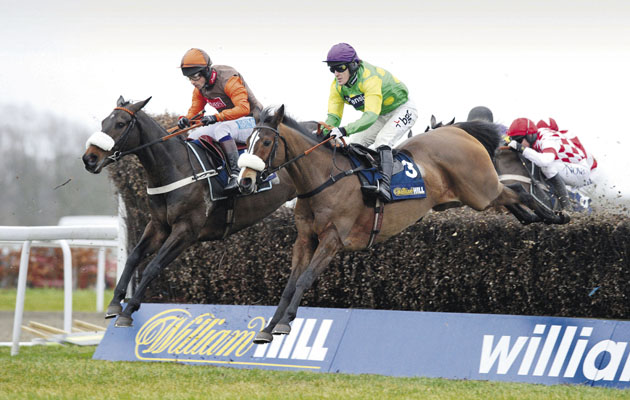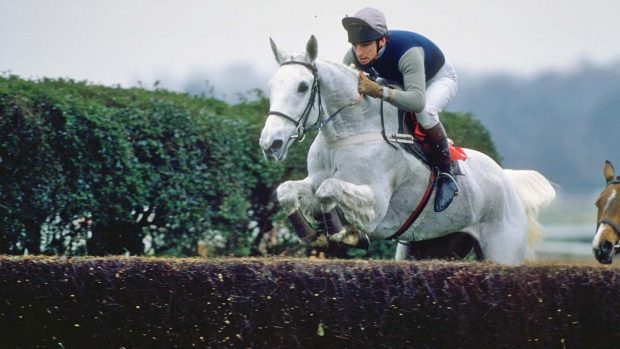While many, many brilliant thoroughbreds have made their mark on the racecourses around the world during their Flat or National Hunt careers, far fewer have stolen the hearts and minds of the public to become truly famous racehorses. So what is it that makes a successful horse into a one widely regarded as a “people’s horse”?
In the vast majority of cases, as well as winning important races, the most famous horses have a back story that racing fans – and the media — are interested in. Those horses who stick around for multiple seasons – an achievement that is easier for most National Hunt horses than those racing on the Flat — have the time for a wider fan base to develop.
With some famous racehorses, the story is almost as much about the people who are around them – Bob Champion with Aldaniti and Sir Henry Cecil with Frankel for example – as it is the horse itself. And not every horse becomes famous during their racing career. The fame of the late, great Galileo only grew after he retired and became the world’s most influential sire, while Shergar’s fame exploded when he went missing, never to be seen again.
As for deciding which horses deserve the title of “most famous racehorses ever”, that’s a tricky task to undertake but we’ve challenged ourselves to take it on, so here is our selection of some of the most famous racehorses of all time…
Horse & Hound’s most famous racehorses

Foaled on 11 February 2008, Frankel is now retired from racing and is standing at stud. The British-based horse was unbeaten in his 14-race career and was the highest-rated racehorse in the world from May 2011. By Galileo, Frankel amassed £2,998,302 during his three-year Flat racing career. He was trained by the late Sir Henry Cecil and ridden in his races by Tom Queally. His race record is remarkable and includes wins in the 2,000 Guineas, St James’s Palace Stakes, Sussex Stakes, Queen Elizabeth II Stakes, Lockinge Stakes, Queen Anne Stakes, International Stakes and Champion Stakes.
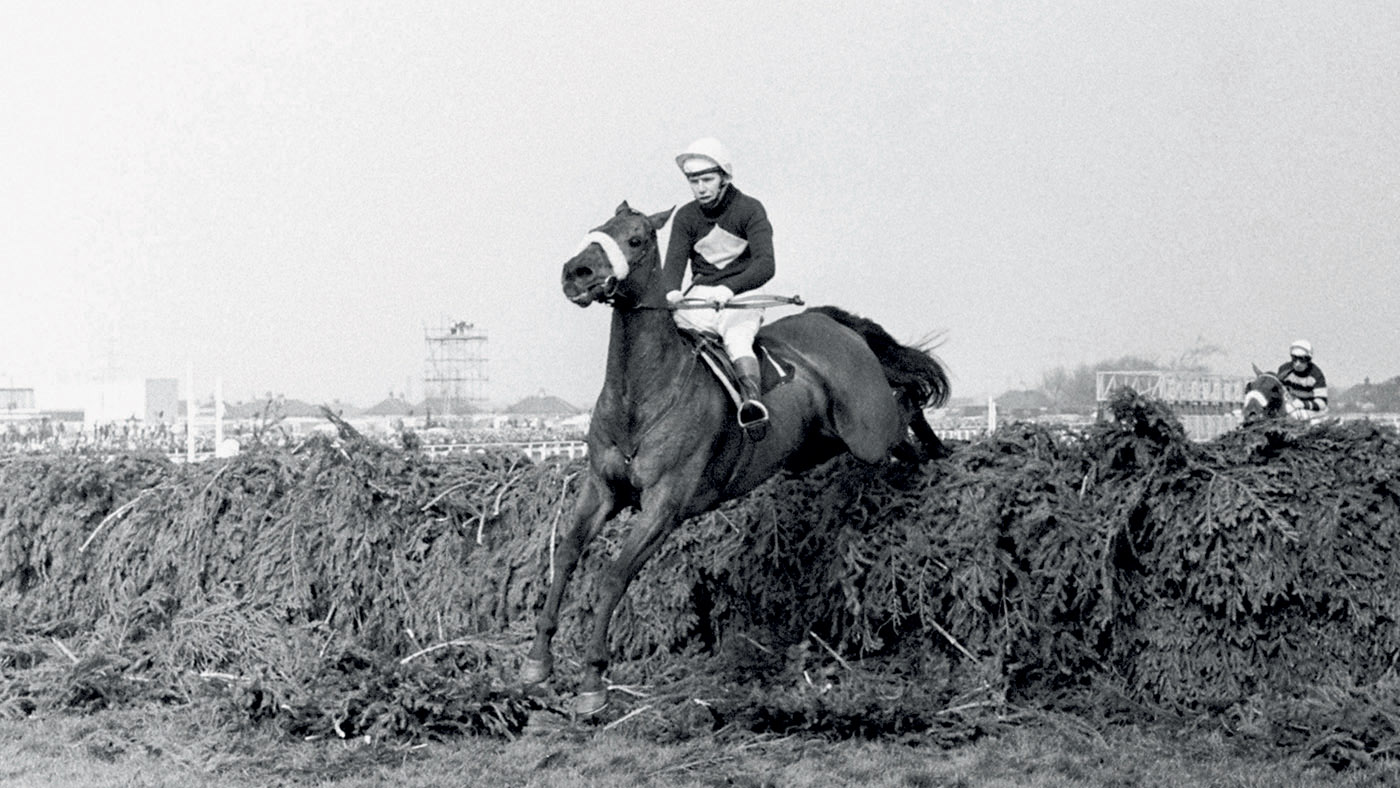
Red Rum jumped his way into the public’s heart with his three Aintree Grand National wins (1973, 1974 and 1977). Born on 7 May 1965, the prolific steeplechaser was renowned for his jumping ability, having not fallen in 100 races. He remains the only horse to have won the Grand National three times. The 1973 race in which Red Rum secured his comeback victory from 30 lengths behind is often considered one of the greatest Grand Nationals in history. Trained by Ginger McCain and owned by Noel le Mare, he also won the 1974 Scottish National and amassed over £146,000 in prize money throughout his career. He died on 18 October 1995 and remains one of the most famous racehorses to have ever entertained the public over fences.
Galileo

Galileo (30 March 1998 – 10 July 2021) enjoyed a successful Flat racing career (six wins from eight starts as a two- and three-year-old), but it was as a sire that he made his indelible mark on the racing industry as the most successful thoroughbred stallion of all time. After winning The Derby, Irish Derby Stakes, and King George VI and Queen Elizabeth Stakes in 2001, he was named the 2001 European Champion Three-Year-Old Colt. After retirement, Galileo became one of the most sought after sires in the world. First crowned leading sire in Great Britain and Ireland in 2008, he then consecutively earned the title from 2010 until 2020. In 2020, he set the record for the number of Derby winners sired at five: New Approach, Ruler Of The World, Australia, Anthony Van Dyck and Serpentine. At the time of his death he had sired 91 Group One winners, while 20 of his sons – including Frankel and Australia – have also sired Group One victors.
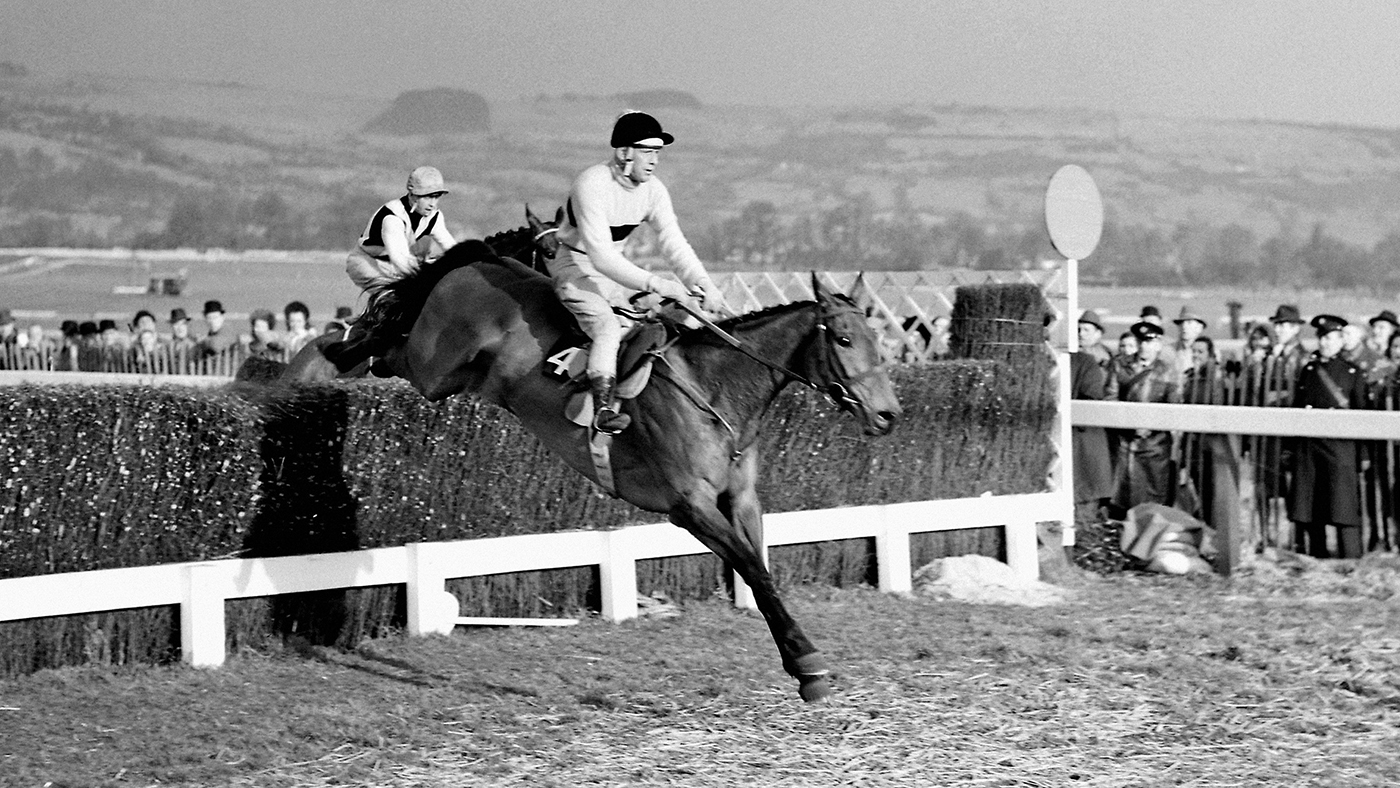
Named after a mountain in Sutherland, Scotland that bordered the Duchess of Westminster’s Sutherland estate, Arkle (19 April 1957 – 31 May 1970) won three Cheltenham Gold Cups before his career was brought to a premature end by an injury. Owned by Anne Grosvenor, Duchess of Westminster, he was trained by Tom Dreaper at Greenogue, Kilsallaghan in County Meath, Ireland, and ridden during his steeplechasing career by Pat Taaffe. At 212, his Timeform rating is the highest ever awarded to a steeplechaser.

Desert Orchid (11 April 1979 – 13 November 2006) has been described as “the most charismatic racehorse of the 20th century”. Adored by his public, at its height Dessie-mania was just as impassioned as Beatle-mania. Trained by David Elsworth, ‘Dessie’ won a remarkable four King George VI Chases, a Cheltenham Gold Cup, an Irish Grand National and a Tingle Creek, among many others. During his racing career he was partnered by five different jump jockeys: Colin Brown, Richard Linley, Simon Sherwood, Graham Bradley and Richard Dunwoody. Desert Orchid won 34 of his 70 starts, amassing £654,066 in prize money, but he never ran in the Grand National at Aintree as he was “too beloved” by the public.
Secretariat

Champion American Flat horse Secretariat (30 March 1970 – 4 October 1989) won the American Triple Crown, setting and still holding the fastest time record in all three races: the Kentucky Derby, Preakness Stakes and Belmont Stakes. During his racing career, he won five Eclipse Awards, including Horse of the Year honours when he was two and three years old. Trained by Lucien Laurin, “Big Red” as he was also known, amassed over $1.316m in prize money. His win in the Belmont Stakes was record-breaking, storming home 31 lengths clear of the rest of the field.

Record-breaking Kauto Star (19 March 2000 – 29 June 2015) earnt his place in the record books – and any list of famous racehorses – with five wins in the King George VI Chase. The French-bred National Hunt champion racehorse, who was trained by Paul Nicholls and owned by Clive Smith, also won the Cheltenham Gold Cup twice, in 2007 and 2009. He earned a total of £3,775,883 in prize money and bonuses. He was the top-rated steeplechaser during the 2006/7, 2008/9, 2009/10 and 2011/12 season, winning the Tingle Creek Chase in both 2005 and 2006 and the Betfair Chase four times in 2006, 2007, 2009 and 2011.
Winx

Winx (foaled 14 September 2011) won 33 consecutive races as a Flat horse, predominantly in Australia. These victories included 25 Group One races, amassing over £14m in prize money. Winx became the first horse in history to win the prestigious Cox Plate four times. She retired on 13 April 2019 at Randwick racecourse after winning the Queen Elizabeth Stakes for the third time. She is now a broodmare. Trained by Chris Waller, Winx was the world’s top-ranked filly or mare and the world’s top-ranked turf horse in 2016. She retained this ranking in 2017 and in 2018 was co-ranked as the best horse in the world.
American Pharoah
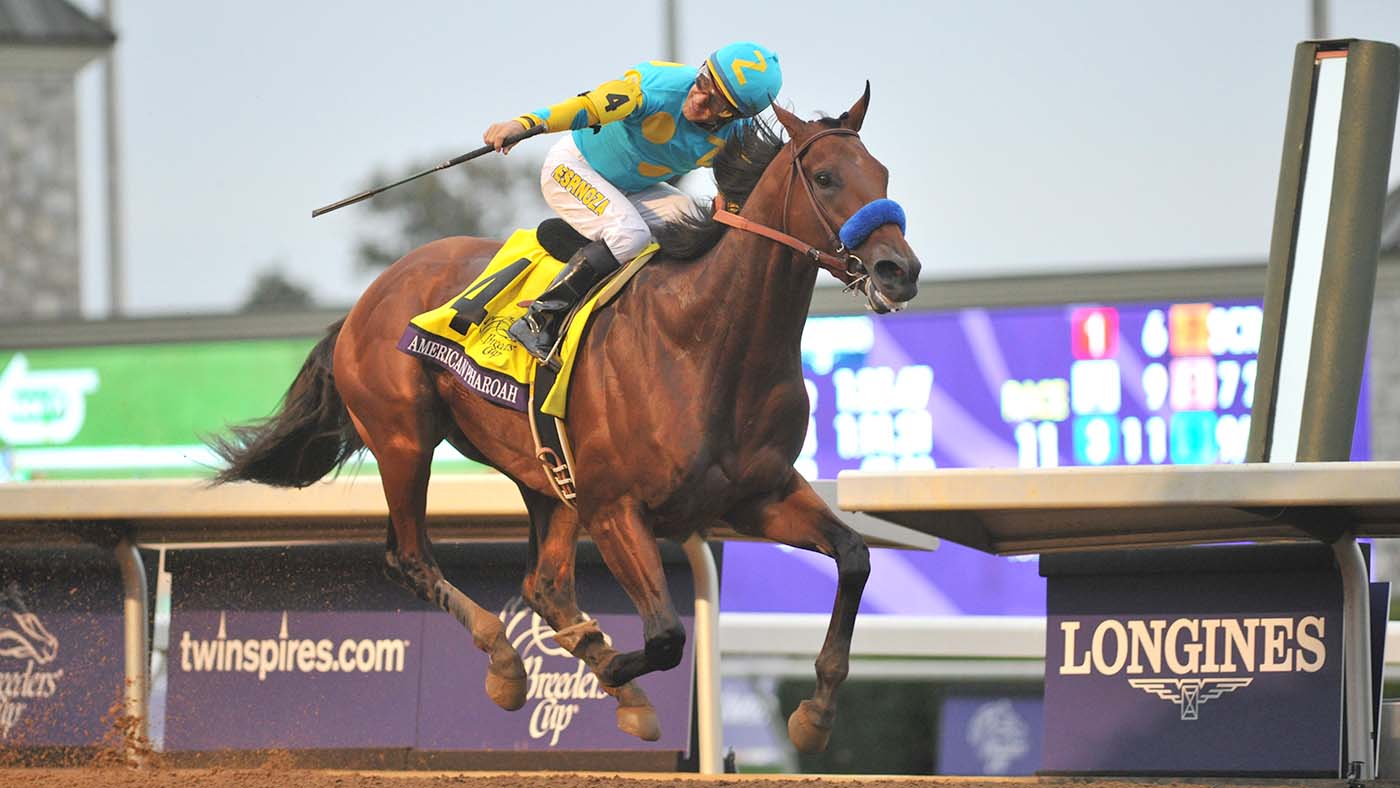
American Pharoah (foaled 2 February 2012) won the American Triple Crown and the Breeders’ Cup Classic in 2015. He won nine of his 11 starts and amassed $8,650,300 in prize money for his connections. This famous racehorse now stands at stud at Ashford Stud in Kentucky. He was bred and owned throughout his racing career by Ahmed Zayat, trained by Bob Baffert, and ridden in most of his races by Victor Espinoza. He was the American Champion Two-Year-Old in 2014 and the American Champion Three-Year-Old in 2015, and was also the American Horse of the Year in 2015.

Fondly known as “The Tank”, Denman (17 April 2000 – 5 June 2018) was a much-loved National Hunt horse, who was trained by Paul Nicholls during his illustrious career. He won 14 of his 24 races, including the 2008 Cheltenham Gold Cup and the Hennessy Gold Cup in both 2007 and 2009. He was well-known for his rivalry with stable mate Kauto Star throughout his career. Owned by Paul Barber and Maggie Findlay, Denman had a front-running style and was tough and gutsy, which caught the imagination and hearts of racing fans during his career.
Enable

Enable (foaled 12 February 2014) is one of the great horses of modern day Flat racing. During her career, which ran from November 2016 to October 2020, she won 15 of her 19 races, including 11 Group One races. She amassed over £10m in prize money for her owner, the late Khalid Abdullah, who also owned Frankel. She was trained by John Gosden and ridden predominantly by Frankie Dettori, who regularly documented his love for this horse. She won the Cheshire Oaks, Epsom Oaks, Irish Oaks, three King George VI and Queen Elizabeth Stakes’, the Yorkshire Oaks and two Prix de l’Arc de Triomphes. She also won the Breeders’ Cup Turf, becoming the first Arc winner to win the Breeders’ Cup Turf in the same year. She has retired to stud as a broodmare.
Best Mate

Best Mate (28 January 1995 – 1 November 2005) was a three-time winner of the Cheltenham Gold Cup between 2002 and 2004. He was much-loved by the public and trained by Henrietta Knight to win 14 of his 22 races, and finished second in seven more. He also won the King George VI Chase in 2002 and amassed over £1m in prize money. Best Mate never fell at a fence or hurdle. Of the seven races in which he finished second, five were Grade One races, and two were Grade Two races. Jim Culloty was Best Mate’s jockey for most of his biggest successes and he was owned by Jim Lewis. This famous racehorse suffered a suspected heart attack and died in front of his adoring fans while racing at Exeter.
Seabiscuit

The subject of books and films, Seabiscuit (23 May 1933 – 17 May 1947) was a champion Flat horse in the United States who became the top money-winning racehorse up to the 1940s. He beat the 1937 Triple-Crown winner, War Admiral, by four lengths in a two-horse special at Pimlico and was voted the 1938 American Horse of the Year. He only won a quarter of his first 40 races, but after moving to trainer Tom Smith, he went on to achieve great things. Among the many books and films documenting this famous racehorse’s life, the movie Seabiscuit, was nominated for the Academy Award for Best Picture.
Aldaniti

Aldaniti (25 June 1970 – 28 March 1997) won the Grand National in 1981. His jockey on that day, Bob Champion, had recovered from cancer, while Aldaniti had recovered after suffering a career-threatening injury. The horse was trained by Josh Gifford and owned by Nick Embiricos. Aldaniti starred as himself in the 1983 film Champions alongside John Hurt. He finished third in the 1979 Cheltenham Gold Cup and second in the Scottish Grand National. He sustained a serious leg injury at Sandown in November 1979 and was off the racecourse for over a year, which made his Grand National win all the more remarkable.
Shergar

No list of famous racehorses would be complete without Shergar (3 March 1978 – c. February 1983), who was bred and owned by HH Aga Khan IV and trained by Michael Stoute in Newmarket. From his eight races, he won six, including the Epsom Derby, Irish Derby and King George VI and Queen Elizabeth Stakes, all in 1981. After this successful season, he was retired to the Ballymany Stud in County Kildare, Ireland. In 1983 he was stolen from the stud, and a ransom of £2m was demanded; it was not paid, and negotiations were soon broken off by the thieves. In 1999 a supergrass, formerly in the Provisional Irish Republican Army (IRA), stated they stole the horse. The IRA has never admitted any role in the theft and the horse was never found.
Horse & Hound magazine, out every Thursday, is packed with all the latest news and reports, as well as interviews, specials, nostalgia, vet and training advice. Find how you can enjoy the magazine delivered to your door every week, plus options to upgrade your subscription to access our online service that brings you breaking news and reports as well as other benefits.

